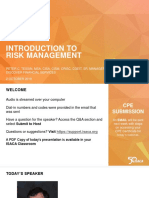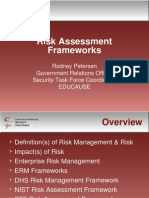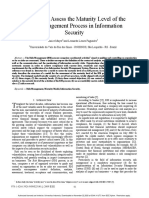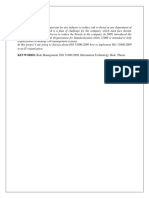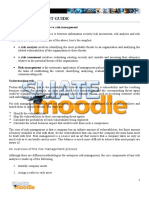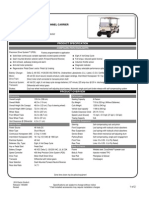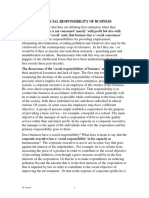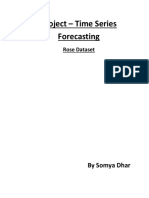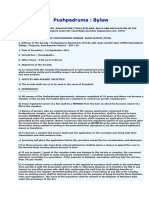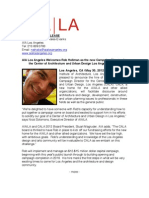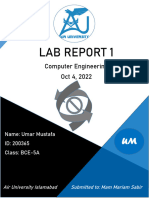0% found this document useful (0 votes)
8 views16 pagesSlide 10
The document outlines the importance of risk management in network security, detailing its concepts, benefits, and key roles involved in the process. It describes various phases of risk management, including identification, assessment, and treatment, as well as frameworks like the Enterprise Risk Management Framework and NIST Risk Management Framework. The document emphasizes the need for a structured approach to effectively manage risks and ensure organizational security.
Uploaded by
Abhinandan WadhwaCopyright
© © All Rights Reserved
We take content rights seriously. If you suspect this is your content, claim it here.
Available Formats
Download as PPTX, PDF, TXT or read online on Scribd
0% found this document useful (0 votes)
8 views16 pagesSlide 10
The document outlines the importance of risk management in network security, detailing its concepts, benefits, and key roles involved in the process. It describes various phases of risk management, including identification, assessment, and treatment, as well as frameworks like the Enterprise Risk Management Framework and NIST Risk Management Framework. The document emphasizes the need for a structured approach to effectively manage risks and ensure organizational security.
Uploaded by
Abhinandan WadhwaCopyright
© © All Rights Reserved
We take content rights seriously. If you suspect this is your content, claim it here.
Available Formats
Download as PPTX, PDF, TXT or read online on Scribd
/ 16

